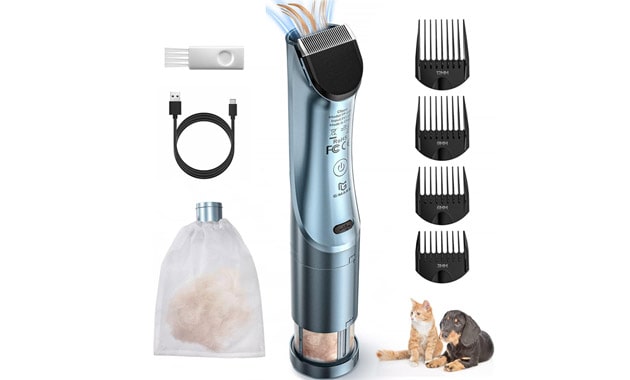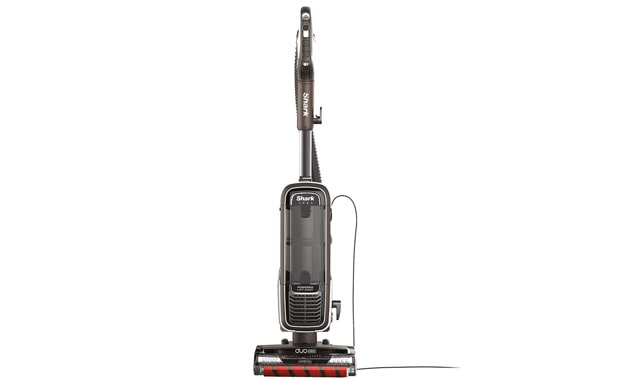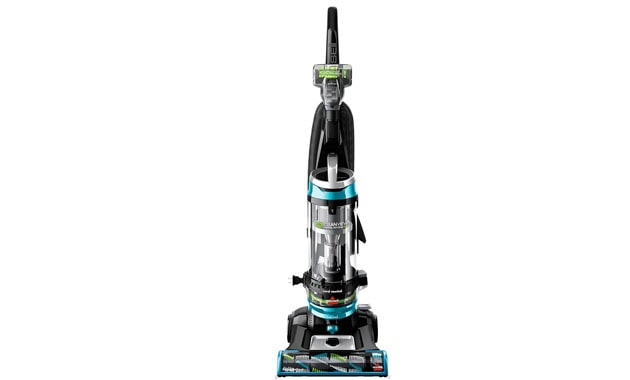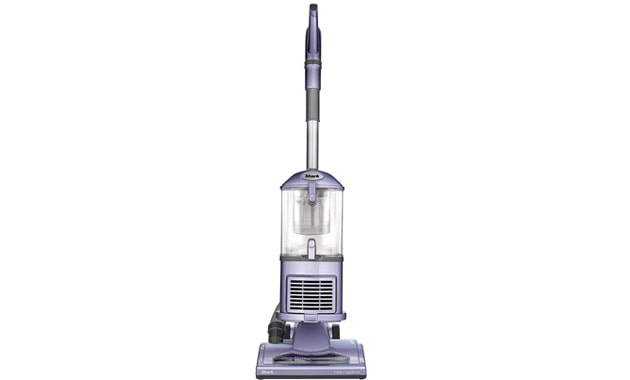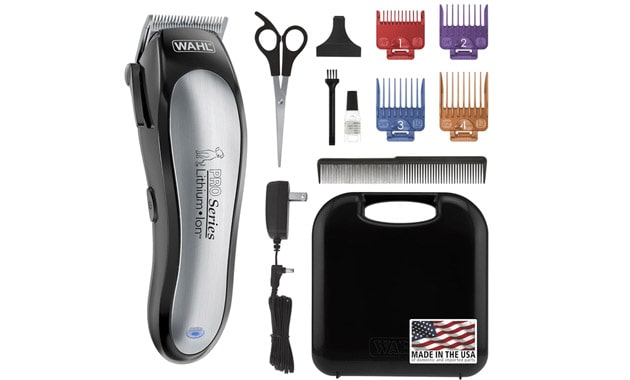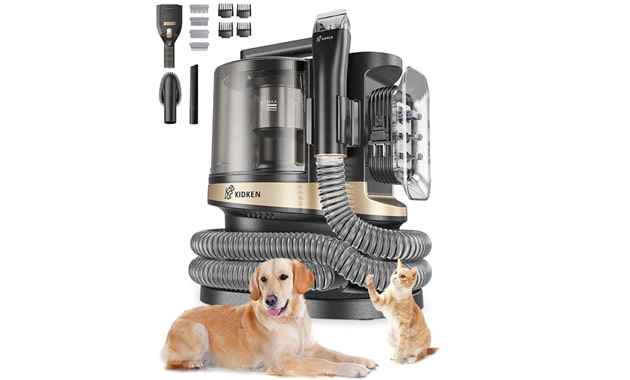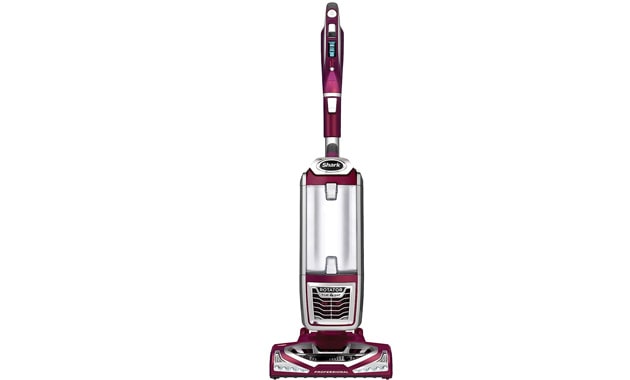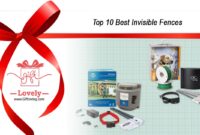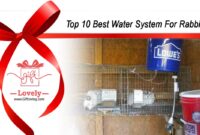Tips for Choosing the Best Quiet Pet Grooming Vacuums
Look for Noise Reduction Technology
The quietest pet hair vacuums use advanced noise reduction features like sound-absorbing materials, isolated motors, and noise-dampening casing. Brushless motors also reduce noise over standard brushes. Compare noise ratings and technologies to find the most silent operation.
Consider the Decibel Rating
Lower decibel ratings indicate quieter operation. Look for vacuums rated for low noise output around 60 to 65 decibels or less on maximum suction. Models 75dB or louder can be startling for pets and uncomfortable for extended grooming sessions.
Choose Quieter Suction Types
Certain suction types like cyclonic filtration tend to run more quietly than direct air models that roar. Brushless motors also decrease noise over standard brushed motors. Look for quieter technologies like these suited for pet hair removal.
Opt for Quieter Operation Modes
Variable speed controls allow operating at lower intensities to minimize noise when possible. Look for vacuums with “whisper quiet” low speed settings under 60dB for sensitive pets. This provides flexibility for more thorough high-power cleaning as needed.
Check the Frequency Pitch
How the vacuum noise “sounds” also impacts pets. High-pitched whines are more unpleasant and startling than lower, muted frequencies. Listen to vacuums in person or video samples to assess pitch, not just loudness.
Consider Noise Over Time
Prolonged exposure to vacuuming can stress sensitive pets. Choose models that maintain quiet operation continuously without fluctuating in loudness. Consistent, muted noise is less jarring than vacuums that get louder with use.
Weigh Suction Power vs Noise
Powerful suction and quiet operation are sometimes at odds. Lightweight vacuums for pet hair prioritize quietness over deep cleaning strength. Assess noise level vs suction needed to balance both factors.
Look for Enclosed Design
Enclosed casing contains noise compared to open air designs. Ensure the vacuum body is tight-fitting with covered fans and motors to muffle sound. Canister vacuums with sealed bodies offer very quiet, contained operation.
Consider a Silent Brush Roll
Brush rolls that glide quietly along surfaces help minimize noise near pets during grooming. Models with brushes enclosed inside the housing are ideal for quiet operation. Passive brush rolls with soft bristles also reduce noise.
Choose User-Friendly Features
Convenient features like swivel heads, extension wands, lightweight bodies, and brush on/off toggles reduce noise by optimizing use. The easier and more efficient the vacuum is to maneuver, the less likely you’ll need high suction.
Invest in Quality Materials
Cheap vacuums prone to vibration and poor airflow create more noise. Solidly constructed models using high-quality motors, bearings, and sound insulation materials operate more quietly and consistently.
Try Noise-Reducing Accessories
Accessories like rubberized brush heads, padded crevice tools, and brush guards further dampen noise during use near pets. Muffled accessories prevent direct contact with hard surfaces.
The quietest pet hair vacuums balance powerful suction and hair removal with technologies that reduce alarming sounds. Prioritizing noise rating, frequency, and design creates a peaceful grooming experience for vacuums used around sensitive animals. With a quiet vacuum, cleaning up pet hair can be calmer for both owners and pets.

